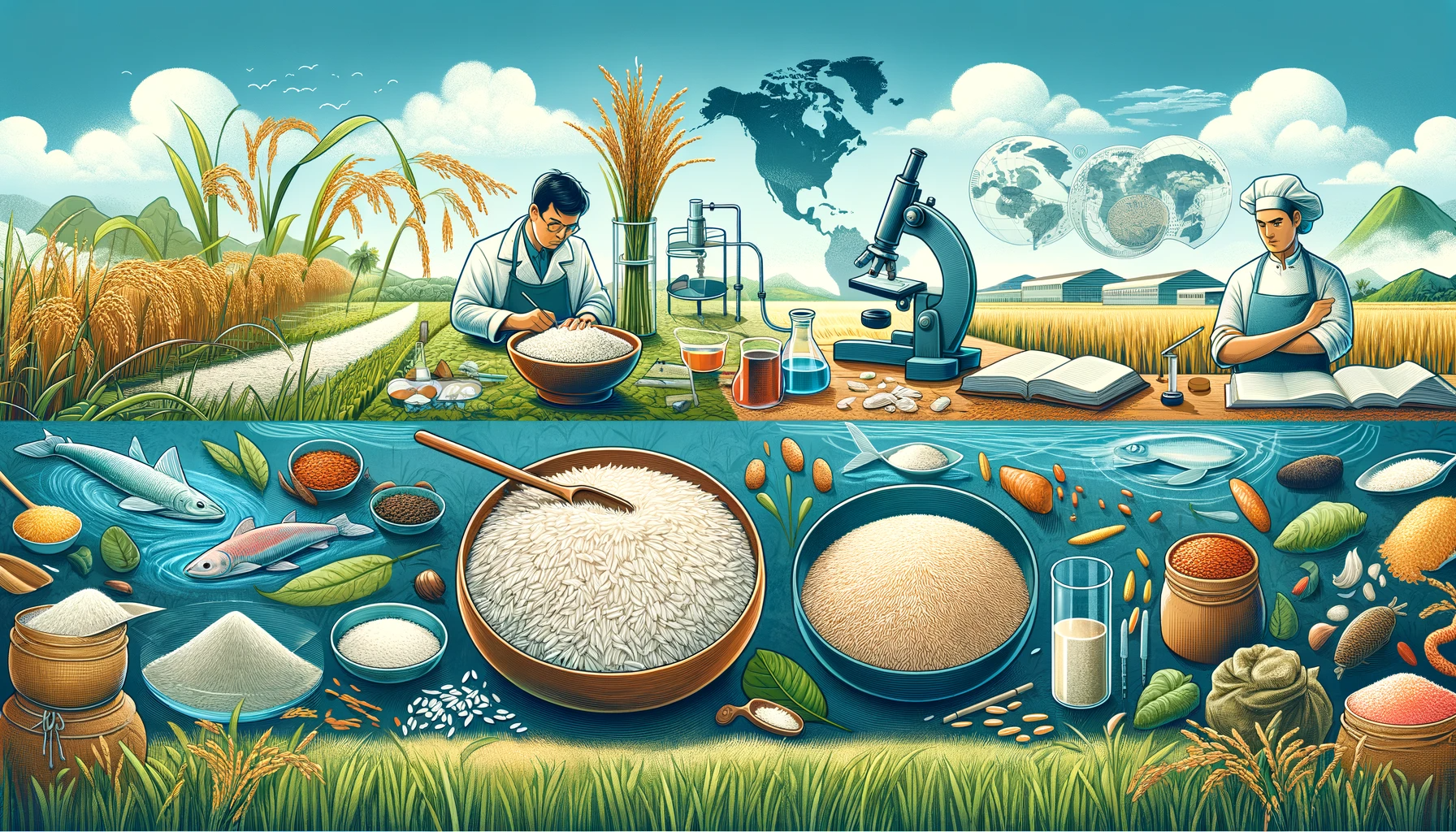In times of crisis, being prepared can make all the difference. One of the most crucial aspects of disaster preparedness is having a well-stocked emergency food supply. While there are many options to choose from, one staple ingredient stands out as a versatile and reliable choice – rice. In this article, we will explore why rice is an essential component of emergency food supplies, its benefits, and how to properly incorporate it into your disaster preparedness plan.
The Importance of Emergency Food Supplies
Disaster Preparedness: A Necessity
Disasters, whether natural or man-made, can strike without warning. From hurricanes and earthquakes to power outages and economic crises, being prepared for unexpected events is essential for the safety and well-being of your family and loved ones. Having an emergency food supply is a fundamental part of disaster preparedness, ensuring that you have access to nourishing food even when resources are scarce.
The Role of Rice in Emergency Food Supplies
When it comes to selecting food items for your emergency stockpile, rice is a top choice for several reasons. Let’s delve into why rice is such a crucial staple.
Why Rice?
Long Shelf Life
Rice is renowned for its impressive shelf life. When stored properly in a cool, dry place and in airtight containers, it can last for years without spoiling. This longevity ensures that your emergency food supply remains viable over an extended period, providing sustenance when you need it most.
Nutritional Value
Rice is a source of essential nutrients, including carbohydrates, vitamins, and minerals. It is a particularly rich source of energy, making it a valuable food source during times of increased physical exertion and stress. Moreover, rice can serve as a blank canvas for flavor and nutrient additions, making it adaptable to various dietary needs.
Versatility
One of rice’s most significant advantages is its versatility. It can be used in countless dishes, both savory and sweet, making it suitable for diverse palates. From rice and beans to rice porridge and rice pudding, this grain can be transformed into satisfying meals with minimal effort.
Ease of Preparation
In emergency situations, simplicity matters. Rice is incredibly easy to prepare; all it requires is water and a heat source. Whether you have access to a fully equipped kitchen or are limited to a campfire, you can cook rice with minimal equipment and fuss.
Cost-Effective
Rice is a budget-friendly option that can be purchased in bulk, allowing you to stretch your emergency food budget further. Its affordability makes it accessible to a wide range of individuals and families.
Incorporating Rice into Your Emergency Food Supply
Now that we’ve established why rice is an excellent choice for disaster preparedness, let’s discuss how to incorporate it effectively into your emergency food supply.
Quantity Planning
Calculate how much rice you will need based on the number of people in your household and the duration you want your emergency food supply to last. A general rule of thumb is to allocate at least one pound of rice per person per day.
Proper Storage
Ensure that you store your rice in a cool, dry, and dark place to maximize its shelf life. Vacuum-sealed bags or airtight containers are ideal for preserving freshness. Don’t forget to label your containers with the purchase date to keep track of rotation.
Diverse Varieties
Consider including different types of rice in your emergency food supply. While white rice is the most common choice, brown rice and specialty varieties like jasmine or basmati can add variety to your meals and provide additional nutritional benefits.
Complementary Ingredients
To create well-balanced and flavorful meals, include complementary ingredients such as canned vegetables, canned proteins, spices, and sauces. These additions can transform plain rice into satisfying and nutritious dishes.
Rotation and Maintenance
Regularly inspect and rotate your emergency food supply to ensure that nothing goes to waste. Use older rice first and replace it with fresh stock to maintain the quality of your supplies.
Final Thoughts
In times of uncertainty and crisis, having a reliable source of sustenance is paramount. Rice, with its long shelf life, versatility, and nutritional value, is an indispensable component of emergency food supplies. By properly planning, storing, and incorporating rice into your preparedness strategy, you can take a significant step towards ensuring the well-being of your family in challenging times. Don’t wait until disaster strikes – start building your emergency food supply today, with rice at the forefront. Your future self will thank you for your foresight and preparation.
